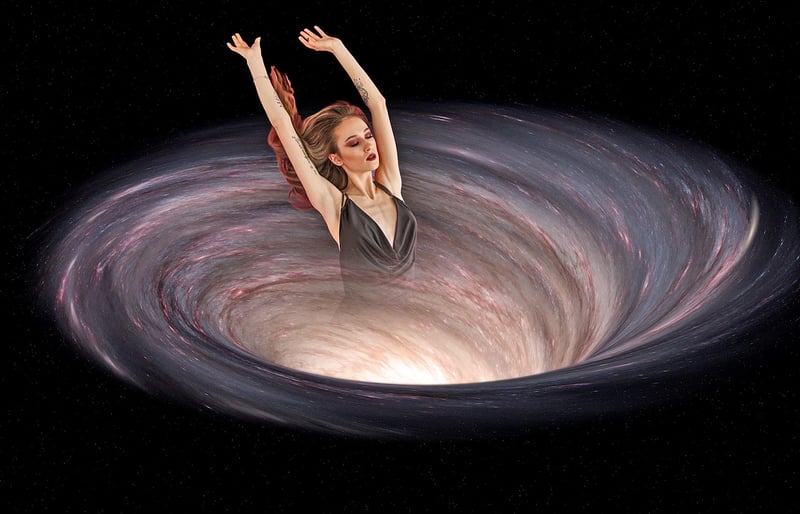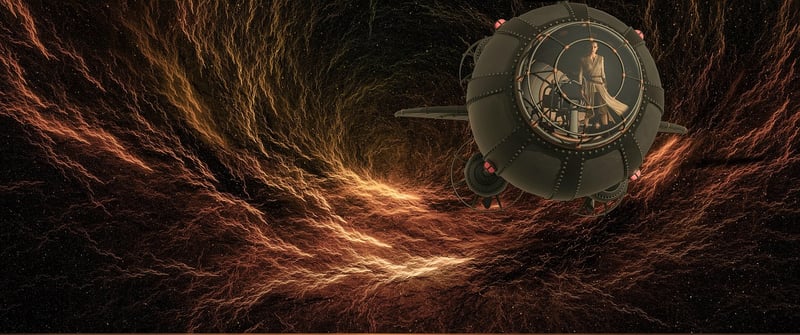Wormholes
The Fascinating Science of Wormholes
Wormholes, also known as Einstein-Rosen bridges, are hypothetical tunnels in spacetime that could create shortcuts for long journeys across the universe. The concept of wormholes originated from the theory of general relativity proposed by Albert Einstein.
How Do Wormholes Work?
Imagine spacetime as a fabric, and wormholes are like tunnels that connect two different points in this fabric. By bending spacetime, these tunnels could allow for faster-than-light travel or even time travel, although the latter remains purely theoretical.
Theoretical Possibilities
Wormholes open up exciting possibilities for interstellar travel, enabling humans to explore distant galaxies and potentially even parallel universes. However, many challenges, such as the stability of wormholes and the existence of exotic matter to keep them open, need to be overcome before they can become a reality.
Exploring the Unknown
Scientists continue to study the concept of wormholes through mathematical models and simulations, pushing the boundaries of our understanding of the universe. While wormholes remain in the realm of theoretical physics, they ignite our imagination and drive us to explore the mysteries of the cosmos.
Discover More
If you're intrigued by the science of wormholes, check out these resources:

Delve into the mysteries of the universe and expand your knowledge of wormholes and their potential implications for space exploration.
